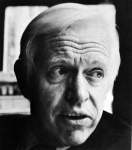
Henry Chadwick Award: Robert Creamer
ROBERT CREAMER (1922–2012) wrote the first truly modern biography…

Henry Chadwick Award: Tom Heitz
TOM HEITZ (b. 1940), lawyer, librarian, town ball enthusiast,…
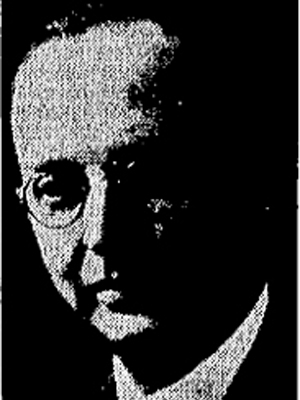
Henry Chadwick Award: F.C. Lane
FERDINAND COLE LANE'S (1896–1984) professional career was,…
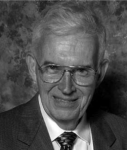
Henry Chadwick Award: Ray Nemec
At the time of SABR’s founding, RAY NEMEC (1929-2015) had already…
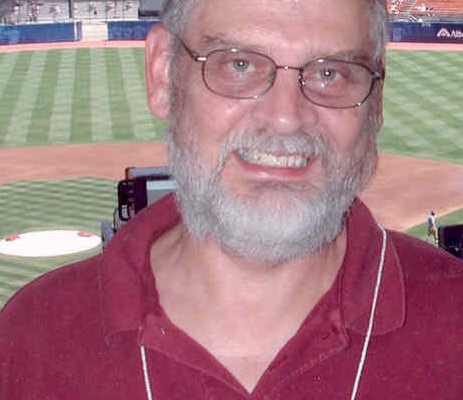
Henry Chadwick Award: David W. Smith
DAVID W. SMITH had a dream when he founded Retrosheet in 1989.…

Appendix to “Mike Piazza By the Numbers: The Hall of Fame Case”
Here is the appendix for "Mike Piazza By the Numbers: The Hall…

Supplement to “Lou Gehrig’s RBI Record: 1923–39”
Here is supporting evidence for the correction of errors in the…

Download the 2012 TNP PDF
SABR members, you can now download The National Pastime to your…
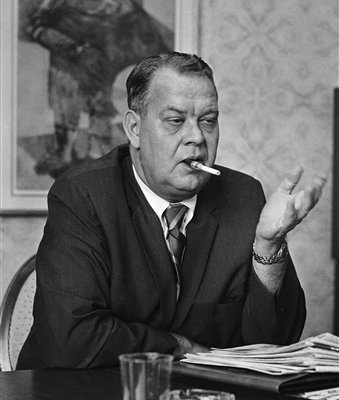
Calvin Griffith: The Ups and Downs of the last Family-Owned Baseball Team
When Calvin Griffith sold the Minnesota Twins in 1984, he bowed…

A Saint and a Miller
A fictional tale about a personal rivalry between a Minneapolis…
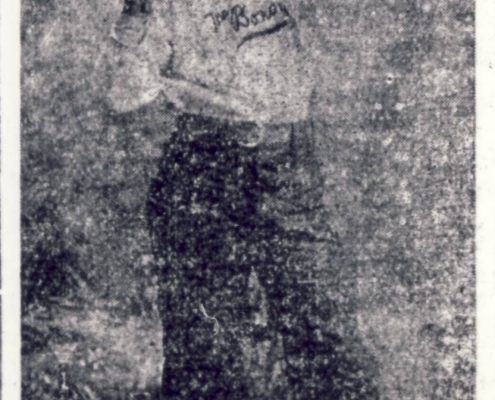
John Donaldson and Black Baseball in Minnesota
World’s All Nations, 1912, barnstorming club sponsored by…
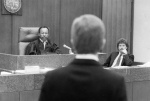
Play Ball: Minnesota Baseball Litigation Lore
Baseball has been a recurring subject in the courtrooms of the…

Small College Baseball in Minnesota
Some of the finest small college baseball in the country is…

University of Minnesota Baseball
In a sport now dominated by teams from sunnier climates, the…
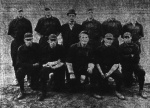
A Perfect Right to Play: Billy Williams, Dick Brookins, and the Color Line
In the relatively progressive state of Minnesota, African Americans…
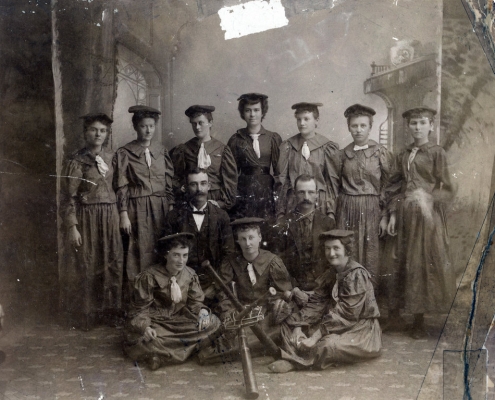
Dames in the Dirt: Women’s Baseball Before 1945
Thief River Falls Ladies Baseball Team Champions of Northern…
Twin Cities Ballparks of the 20th Century and Beyond
Early baseball teams in Minneapolis and St. Paul played in a…
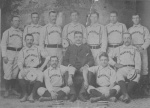
How (Not) to Build a Ballpark: The 1884 Minneapolis Grounds
This article illustrates the problems that existed in the 1884…
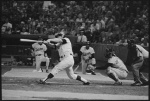
The Legacy of Twins Legends: Killebrew, Carew, Puckett, Mauer
Since the Washington Senators moved to Minnesota in 1961, the…
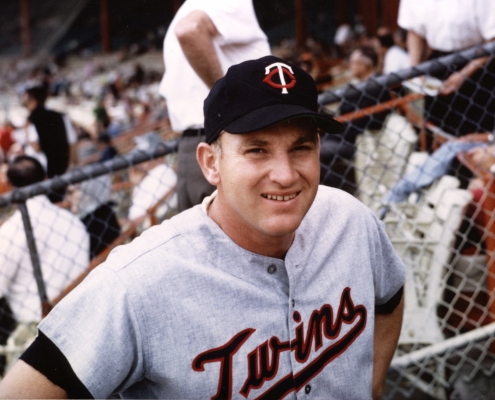
May 17, 2011: A Strong Man Dies — Harmon Killebrew
A poetic tribute to the late Harmon Killebrew.
Harmon Killebrew…

Top 50 Players in Minnesota Twins History
When the Senators moved from Washington to Minnesota in 1961…
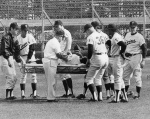
A Surprising Disappointment: The Minnesota Twins of the Late 1960s
On October 14, 1965, the Minnesota Twins lost a heartbreaking…
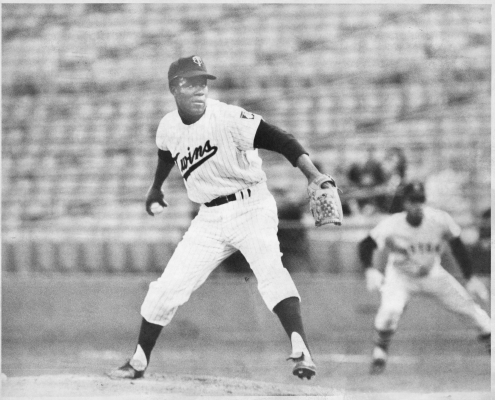
Felled By the Impossible: The 1967 Minnesota Twins
After a World Series appearance in 1965 and finishing second…

Ted Williams’ Year in Minneapolis
This article provides an in-depth look at Ted Williams and his…

